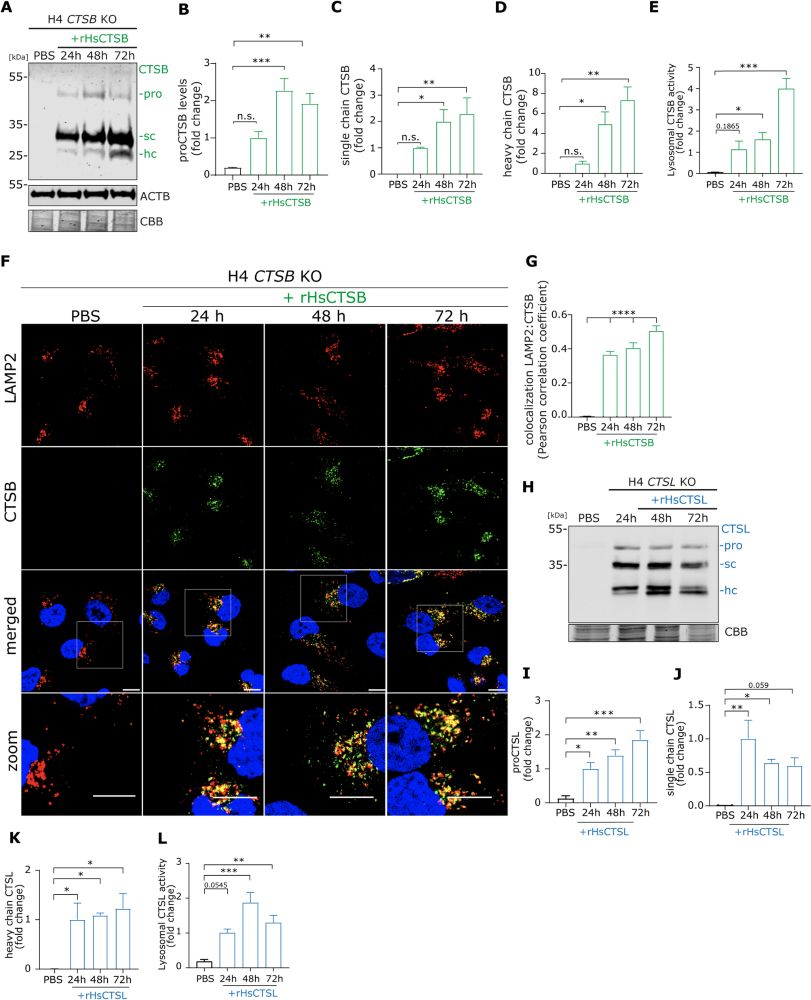Autophagic impairment in sleep–wake circuitry is linked to sleep loss at the early stages of Alzheimer’s disease - Molecular Neurodegeneration
Background Proteostasis, in particular the impairment of autophagic activity, is linked to sleep dysregulation and is an early sign of dementias including Alzheimer’s disease (AD). This coupling of events may be a critical alteration driving proteinopathy and AD progression. In the present study, we investigated sleep–wake and memory regulating neurons for vulnerability to autophagic impediment, and related these findings to progression of the sleep and cognitive phenotype. Methods Using the double knock-in AD mouse model, AppNL−G−FxMAPT, we examined phenotypic and pathological alterations at several timepoints and compared to age-matched single knock-in MAPT mice. Spatial learning, memory and executive Function were investigated in the Barnes maze. Sleep was investigated by 24-h locomotor activity and EEG. Immunostaining for autophagic, neuronal and pathological markers was conducted in brain regions related to memory (hippocampus, prefrontal cortex, entorhinal cortex) and the sleep–wake cycle (hypothalamus, locus coeruleus). Hippocampal electrophysiological recordings were conducted to probe neuronal Function during object investigation. A 3-day sleep disruption was conducted in MAPT mice to investigate autophagic changes following sleep loss. Autophagy was activated in MAPT mice with trehalose to probe effects on sleep recovery. Results We identified that disrupted sleep occurred from early-stages in AppNL−G−FxMAPT mice, that sleep declined over age, and sleep deficits preceded cognitive impairments in late-stages. Cytoplasmic autophagic impediment in hypothalamic and locus coeruleus sleep–wake neurons occurred in early-stage AppNL−G−FxMAPT mice, prior to significant β-amyloid deposition in these regions, with a failure of lysosomal flux over disease progression. Autophagic changes in the hippocampus and cortex at early-stage were predominantly in processes and less frequently associated with the lysosome. Plaque-associated autophagic and lysosomal accumulations were frequent from the early-stage. Sex differences in the AD phenotype were prominent, including greater cognitive decline in males than females, linked to increased proteostasis burden in EC layer II neurons and hippocampal tau in the late-stage. Conversely, sleep impairments were more rapid in females including less REM sleep recovery than males, along with greater autophagic burden in hippocampal processes of female AppNL−G−FxMAPT mice. We probed the sleep-cognition linkage demonstrating hippocampal electrophysiological slowing during cognitive processing in mid-stage AppNL−G−FxMAPT mice, prior to cognitive decline. We provide evidence for a positive feedback loop in the autophagic-sleep relationship by demonstrating that disrupted sleep in MAPT mice led to arrhythmic sleep patterns and accumulations of autophagic aggregates in the hippocampus and hypothalamus, similar to as was seen in the early Alzheimer’s phenotype. We further probed the autophagy-sleep linkage by treating MAPT mice with trehalose to activate autophagy and demonstrate an improvement in sleep recovery following a sleep disruption. Conclusions These findings demonstrate the vulnerability of sleep-regulating neurons to proteostatic dysfunction and the sleep-autophagy linkage as an early, and treatable, Alzheimer’s disease mechanism. Graphical Abstract Morrone et al provide evidence for the linkage between sleep and autophagic disruptions in Alzheimer’s disease (AD) progression. At early AD stages, sleep-wake regulating neurons in the hypothalamus and locus coeruleus exhibit increased cytoplasmic inclusions concomitant with the onset of sleep disturbances. Early-stage autophagic aggregates in the hippocampus appear more prominently in neuronal processes and in the cortex linked to plaques. This pathology worsens over AD progression, including advanced sleep and cognitive deficits, autophagic aggregates in entorhinal cortex-hippocampus projecting neurons. Disrupting sleep in control mice mimics the hippocampal, hypothalamic and sleep patterns impairments observed in early-stage AD, and therapeutic activation of autophagy improves sleep recovery. See also Table 1 for a summary of changes along with sex differences in autophagy and behavioral readouts.






















